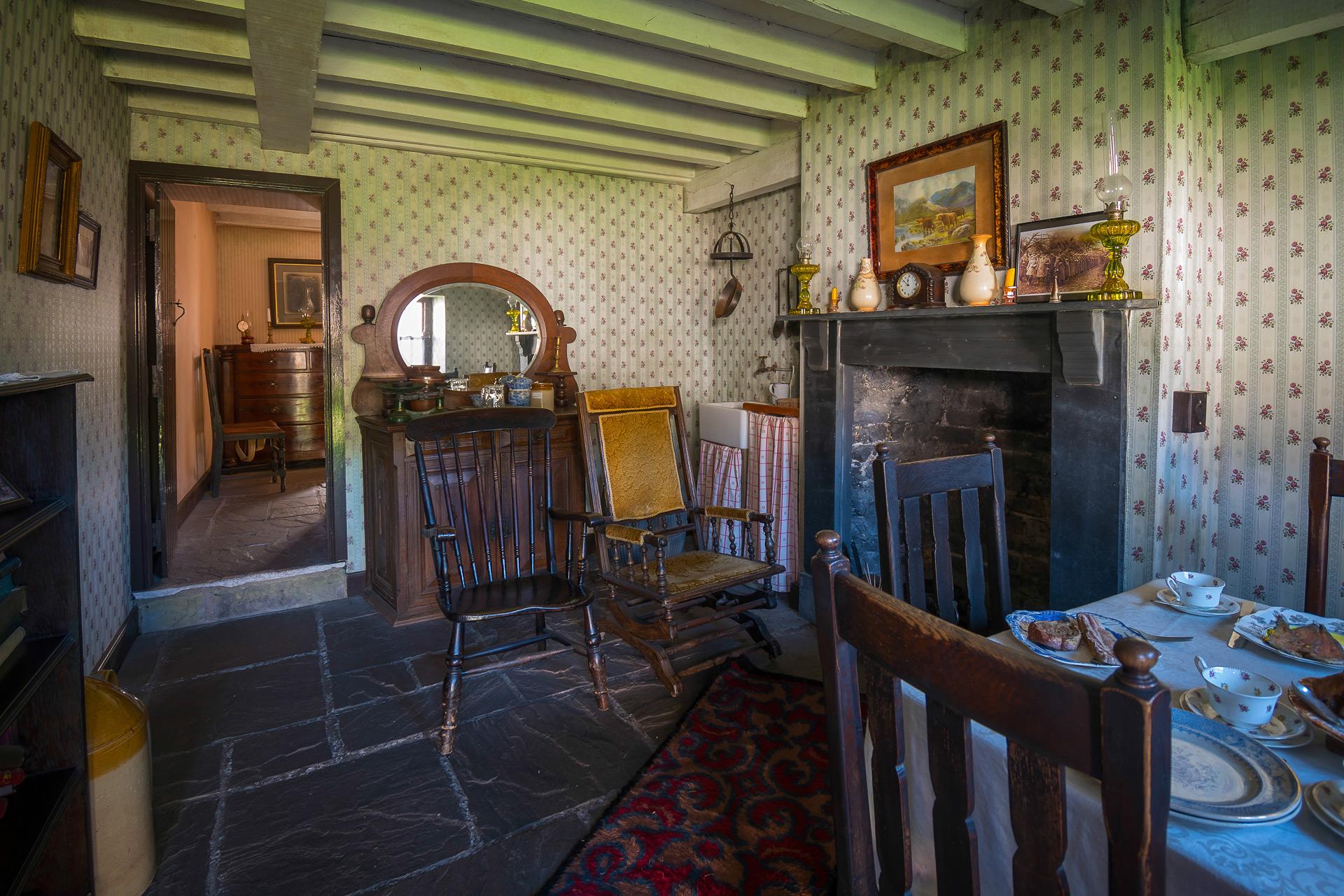Blaenavon Industrial Landscape
Inscribed in 2000
Iron and coal were the raw materials which underpinned the Industrial Revolution in Britain. They were the principal products of the south Wales Valleys. The collieries and ironworks in the Valleys were of international importance for more than 150 years. Production grew from 39,600 tons of pig iron in 1796 to 666,000 tons in 1852.
Iron from Welsh furnaces and forges helped build the railways, manufacture engines and construct factories on five continents. Welsh coal fuelled steamships and was exported to numerous distant ports. Skilled migrants took their knowledge and expertise of mining and iron-working technology all over the world, together with the distinctive culture which had evolved in the Valleys.
The area around Blaenavon is one of the finest examples in the world of a landscape created by mining and ironmaking in the late eighteenth and early nineteenth centuries. The two key sites are the Blaenafon Ironworks, managed by Cadw, and Big Pit, managed by Amgueddfa Cymru-National Museum Wales. Blaenafon Ironworks was in production from 1789 until 1902, and has the remains of six blast furnaces showing the technological development over that period.
Steam power was used from the beginning, and visitors can explore all the ancilliary buildings around the ironworks: the cast houses, boiler rooms, engine houses, the unique water balance tower for hoisting and lowering railway trucks, and the three ranges of workers housing forming Stack Square. These houses have been re-furnished to show how people lived in the eighteenth, nineteenth and twentieth centuries at this site.
Big Pit is a coal mine sunk by the Blaenavon Company around 1860. It remained in operation until 1980. It retains all its pithead buildings including the head frame, winding engine and baths, and is famous as being one of only two places in Britain where visitors can go on an underground tour and experience the working conditions endured by the miners.
The landscape and townscape are as important as the sites. The large area of land leased by the Blaenavon Company in 1789 forms the basis of the World Heritage site. It contained the raw materials needed to make the pig iron: ironstone, coal and limestone, and water to help power the machinery. The hills around Blaenavon have extensive remains of quarries and mines.
Evidence survives too of horse-drawn railways — and their tunnels and inclines — used to transport raw materials into the ironworks and return the resulting pig iron to Garnddyrys forge. From there, finished iron was taken down to the Brecknock and Abergavenny Canal at Llanfoist and so into the outside world. Walks and trails are laid out for visitors to explore this landscape.
The town of Blaenavon also forms part of the World Heritage site with its streets of workers’ housing, the distinctive settlement of Forgeside, its iron-framed church, working-men’s institute and St Peter’s School. The school has been converted into the World Heritage Centre and is run by Torfaen County Borough Council. This is the best place to get an introduction to the World Heritage site as a whole.
Big Pit: National Coal Museum, Blaenavon
There is more information about the inscription of Blaenavon industrial landscape on the UNESCO website, including the statement of Outstanding Universal Value.

